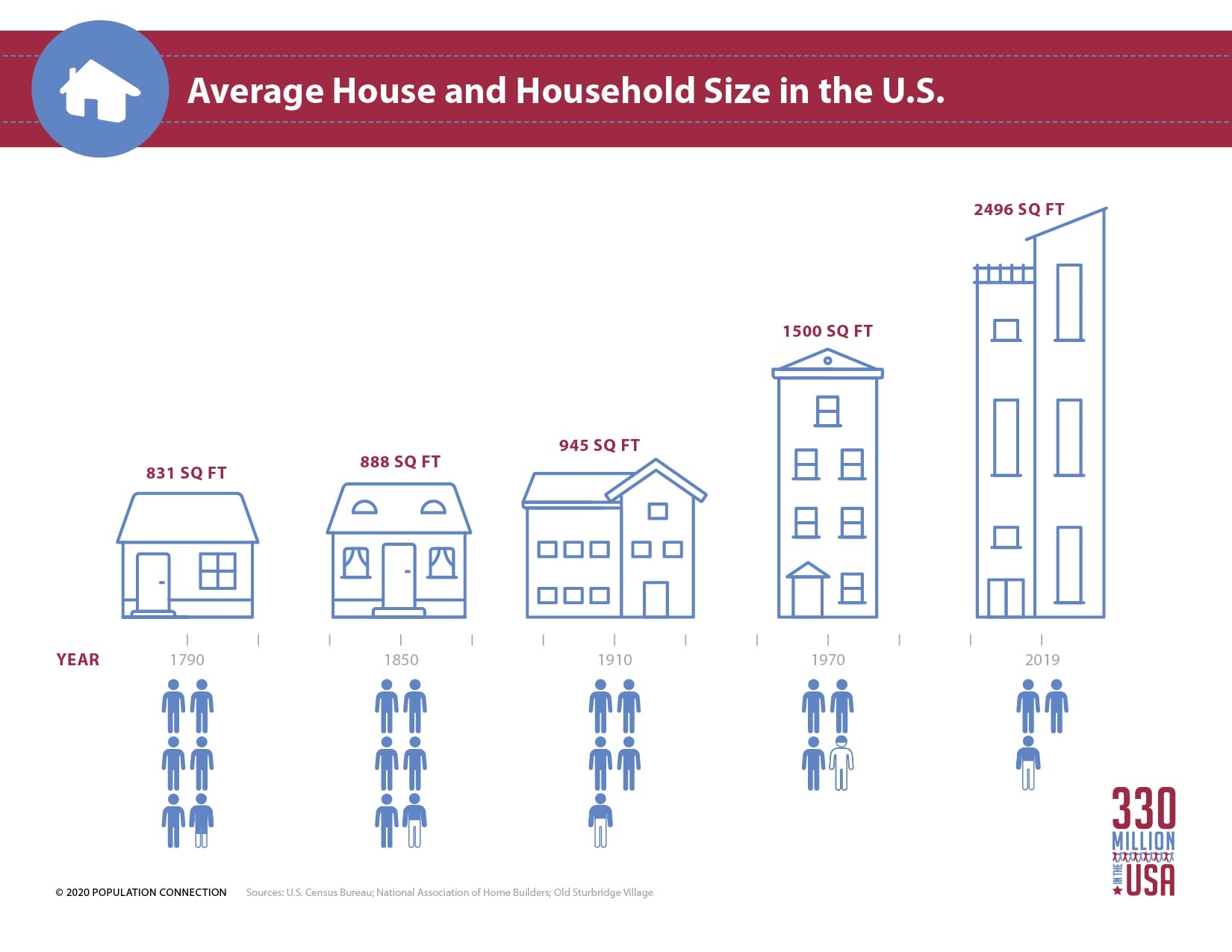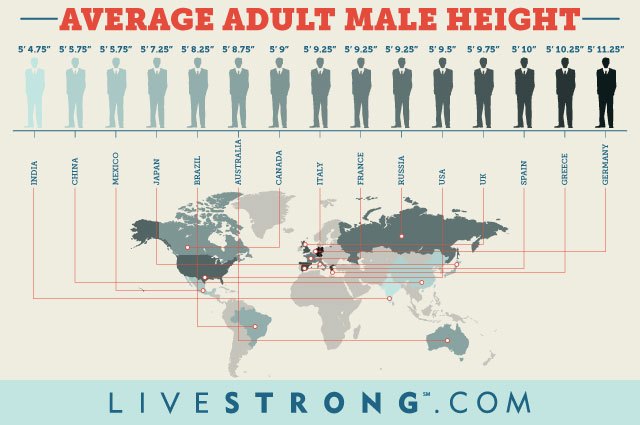Unraveling the Average Height of the American Population
The average American height has long been a topic of interest, as it provides valuable insights into the overall health and well-being of the population. This measurement is influenced by a myriad of factors, including genetics, nutrition, and lifestyle. Genetic predispositions lay the foundation for an individual’s potential height, but environmental factors play a crucial role in realizing this potential.
Nutrition is one such essential factor, as a well-balanced and nutrient-rich diet is necessary for optimal growth and development during childhood and adolescence. Adequate intake of protein, vitamins, and minerals supports bone health and muscle mass, ultimately contributing to a taller stature. Moreover, access to quality healthcare and regular medical check-ups ensures that growth-related issues are identified and addressed promptly, further supporting a healthy height trajectory.
Lifestyle factors, such as physical activity levels and sleep quality, also impact the average American height. Regular exercise, particularly during formative years, promotes bone density and muscle growth, while sufficient sleep allows the body to rest and recuperate, supporting overall development. Conversely, sedentary behaviors and poor sleep habits can hinder growth and development, resulting in a shorter stature.
In summary, the average American height is a complex interplay of genetic and environmental factors. By understanding these influences, we can develop targeted interventions and policies aimed at improving the health and well-being of the American population, ultimately contributing to an increase in average height over time.
Historical Trends in American Height
To fully understand the average American height, it is crucial to examine its evolution over time. Historical trends in American height reveal fascinating insights into the nation’s health, social progress, and societal changes. In the late 19th and early 20th centuries, the average American height experienced a steady increase, largely due to improvements in nutrition, sanitation, and overall living conditions.
However, this growth trend stagnated during the mid-20th century, with the average American height plateauing for several decades. This plateau can be attributed to a combination of factors, including reduced physical activity levels, increased consumption of processed foods, and limited access to quality healthcare for certain segments of the population. Nevertheless, the latter half of the 20th century saw renewed growth in average American height, reflecting advancements in medical care, nutrition, and public health initiatives.
Notably, historical trends in American height also reveal disparities between different demographic groups. For instance, racial and ethnic minorities have historically had lower average heights than their white counterparts, a phenomenon largely attributed to systemic inequalities in access to resources, education, and healthcare. Similarly, socioeconomic status has long been a significant predictor of average height, with individuals from lower-income backgrounds generally exhibiting shorter statures than their more affluent peers.
In conclusion, historical trends in American height offer a unique perspective on the nation’s health and societal development. By examining these patterns, we can identify areas of progress, as well as persistent disparities, informing targeted interventions and policies aimed at improving the overall well-being of the American population.
Gender Differences in Average American Height
A notable aspect of the average American height is the discrepancy between men and women. On average, American men are taller than their female counterparts, with this difference primarily driven by a combination of biological and societal factors.
From a biological standpoint, gender differences in height can be attributed to variations in growth rates and hormonal influences. During puberty, males experience a growth spurt fueled by the release of testosterone, which promotes muscle and bone growth. In contrast, females undergo a growth spurt earlier in adolescence, largely influenced by estrogen, which focuses on the development of reproductive organs and secondary sexual characteristics. Consequently, males tend to grow at a faster rate and for a longer duration than females, resulting in a taller average height for men.
Societal factors also contribute to gender differences in average American height. Historically, men have held positions of power and privilege, granting them greater access to resources, education, and healthcare. This disparity has resulted in a systemic advantage for males, enabling them to achieve better health outcomes and, subsequently, taller statures. Moreover, societal expectations and norms surrounding gender roles may influence nutrition and physical activity patterns, further exacerbating height differences between men and women.
In summary, gender differences in average American height are a complex interplay of biological and societal factors. By understanding these influences, we can develop targeted interventions and policies aimed at reducing gender disparities in health and well-being, ultimately contributing to a more equitable society.
Regional Variations in American Height
The geographical distribution of average American height reveals intriguing patterns and trends related to regional differences in health, wealth, and culture. By examining these variations, we can gain valuable insights into the factors that influence height and overall well-being across the United States.
One notable trend is the correlation between average height and socioeconomic status. In general, regions with higher average incomes and better access to education and healthcare tend to have taller populations. This relationship can be attributed to the fact that residents of these areas have greater resources and opportunities to prioritize health and well-being, leading to improved growth and development outcomes.
Regional variations in diet and physical activity patterns also contribute to differences in average American height. For instance, areas with a higher prevalence of fast food consumption and sedentary lifestyles tend to have lower average heights, while regions with a greater emphasis on nutritious foods and regular exercise exhibit taller statures. Cultural factors, such as the value placed on health and wellness, may further influence these regional disparities.
Geographical differences in climate and environment can also impact average American height. For example, regions with more sunlight and warmer temperatures generally have taller populations, as vitamin D and other essential nutrients are more readily available for optimal growth and development. Conversely, areas with harsh winters and limited sunlight may experience lower average heights due to reduced access to these vital nutrients.
In conclusion, regional variations in average American height offer a fascinating glimpse into the complex interplay of factors that influence health and well-being across the United States. By understanding these patterns, we can develop targeted interventions and policies aimed at reducing disparities and improving the overall well-being of the American population.
How to Measure Height Accurately
Accurately measuring height is crucial for tracking growth patterns and assessing overall health. By following a step-by-step guide, individuals can ensure precise and consistent results, contributing to a better understanding of their own average American height and related health indicators.
To begin, measure height in a location with ample space and a hard, flat surface, such as a wooden or tile floor. This ensures proper alignment and balance during the measurement process. Wear minimal clothing and remove shoes, as well as any headwear or accessories that may add extra height. Ideally, measure height in the early morning, as daily activities and posture can slightly affect overall height throughout the day.
To measure height, follow these steps:
- Place a wall-mounted measuring tape or a flat, level surface with a ruler or measuring tape against the wall.
- Stand with heels, buttocks, and shoulder blades touching the wall, ensuring that the head, shoulders, and hips are in a neutral position.
- Keep arms at your sides, with palms facing your body, and avoid tilting the head forward or backward.
- Make a mark on the wall at the highest point of the head, ensuring that it is level and even.
- Record the measurement from the floor to the mark, using the measuring tape or ruler. Ensure that the measuring device is level and in contact with the wall and the mark.
By following these steps, individuals can accurately measure their own average American height, providing valuable data for tracking growth patterns and overall health. Regular measurements can help identify any deviations from typical growth trajectories, allowing for early intervention and appropriate action to be taken.
The Global Context: Comparing American Height to Other Nations
Understanding how the average American height compares to other countries is essential for evaluating global health and well-being trends. By examining these comparisons, we can identify potential areas for improvement and celebrate the successes of nations with taller populations.
On a global scale, the average American height tends to rank near the top, reflecting the nation’s overall wealth, access to resources, and healthcare standards. However, several countries, such as the Netherlands and Denmark, consistently outrank the United States in terms of average height, suggesting that there is room for improvement in American health and wellness policies.
Comparisons to countries with lower average heights, such as those in Africa and parts of Asia, can provide valuable insights into the impact of poverty, malnutrition, and limited access to healthcare on growth and development. By examining the factors contributing to these disparities, we can develop targeted interventions and policies aimed at reducing global health inequalities.
It is crucial to consider the implications of these comparisons for global health and well-being. For instance, taller populations tend to have lower risks of cardiovascular disease, diabetes, and other chronic health conditions, suggesting that promoting healthy growth and development could lead to improved overall health outcomes.
In conclusion, comparing the average American height to other nations offers a unique perspective on global health trends. By understanding these comparisons, we can develop targeted strategies to improve health and well-being both domestically and internationally, ultimately contributing to a healthier and more equitable world.
Strategies to Improve Average American Height
Improving the average American height requires a multifaceted approach, focusing on key areas such as nutrition, healthcare, and education. By implementing targeted interventions and policies, we can promote healthy growth and development, ultimately contributing to a taller and healthier population.
Nutrition
A well-balanced and nutrient-rich diet is essential for optimal growth and development during childhood and adolescence. To improve the average American height, it is crucial to:
- Promote the consumption of fruits, vegetables, lean proteins, and whole grains, which provide essential vitamins, minerals, and macronutrients for growth.
- Encourage calcium-rich foods, such as dairy products and leafy greens, to support bone health and density.
- Limit the intake of processed and high-sugar foods, which can hinder growth and contribute to obesity and related health issues.
Healthcare
Access to quality healthcare is vital for addressing growth-related issues and promoting overall health. To enhance the average American height, consider:
- Expanding access to affordable healthcare, particularly for low-income families and underserved communities.
- Promoting regular check-ups and growth monitoring during childhood and adolescence, allowing for early identification and intervention of growth-related issues.
- Encouraging parental education on the importance of childhood vaccinations, as they protect against diseases that can hinder growth and development.
Education
Education plays a crucial role in promoting healthy growth and development. To improve the average American height, consider:
- Investing in early childhood education programs, which have been shown to improve cognitive, social, and emotional development.
- Promoting health and wellness education in schools, focusing on the importance of proper nutrition, physical activity, and sleep.
- Encouraging parental involvement in education, as research suggests that parental engagement is linked to better academic outcomes and overall well-being.
In conclusion, improving the average American height requires a comprehensive approach that addresses nutrition, healthcare, and education. By implementing targeted interventions and policies, we can promote healthy growth and development, ultimately contributing to a taller and healthier population.
The Future of Average American Height: Predictions and Possibilities
Predicting the future trajectory of the average American height involves considering the potential impact of emerging trends and innovations in science, technology, and society. By examining these factors, we can anticipate how the average American height may evolve in the coming years and decades.
Advances in Nutritional Science
Innovations in nutritional science, such as the development of more bioavailable and nutrient-dense food sources, could significantly improve the average American height. As our understanding of the human body and its nutritional needs deepens, we may uncover novel ways to optimize growth and development, leading to a taller population.
Improved Healthcare and Preventative Medicine
Enhancements in healthcare and preventative medicine could contribute to a taller average American height by addressing growth-related issues earlier and more effectively. For instance, advances in genetic testing and personalized medicine may enable healthcare providers to identify and address growth-related genetic variations, promoting optimal growth and development.
Technological Advancements
Technological innovations, such as wearable devices and mobile applications, can empower individuals to take control of their health and well-being. By providing real-time feedback on nutrition, physical activity, and sleep patterns, these tools can help users make more informed decisions, ultimately contributing to improved growth and development outcomes.
Cultural Shifts and Societal Changes
Shifts in cultural attitudes and societal norms, such as the prioritization of health and wellness, could lead to a taller average American height. As society places greater emphasis on the importance of proper nutrition, physical activity, and self-care, we may see a gradual increase in the average American height, reflecting these positive changes.
In conclusion, the future of the average American height is likely to be influenced by a variety of factors, including advances in nutritional science, healthcare, technology, and societal norms. By staying informed and proactive, we can help shape a future where Americans are taller, healthier, and more empowered to reach their full growth potential.








